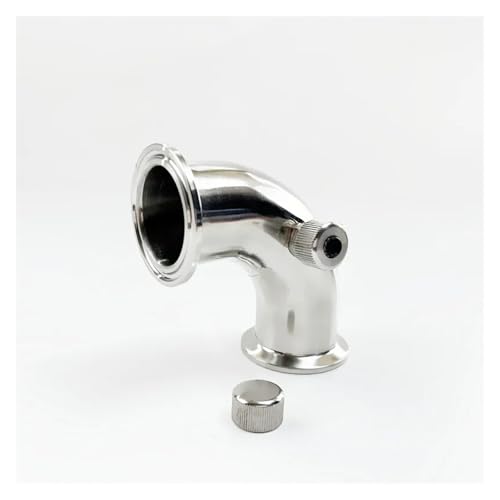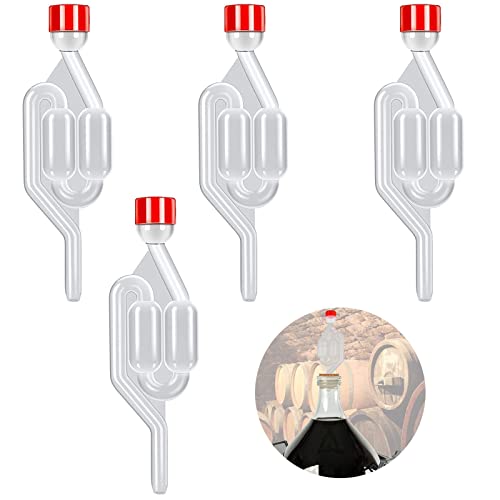Roll on February :) I think the bitterness will dissipate with maturity, but sounds like next time put less hops in the whole boil and more in the last 15 mins less dry n more arroma, or look up dry hopping?
hops is my current need to know subject, the hop rocket idea looks interesting but a bit above my current comfort level.
A percussion capper eh? that might be the biggest risk to your bottles, the big bottlers in here seem to swear by the desk mounted lever cappers?
Im storring my few bottles in an uninsulated garage, I will be keeping an eye on the weather forcasts and any thing below -4 C im pulling the crates inside.
I recycle bottles and cant imagine buying them if really stuck i would buy 10 -15 20p 2l bottles of tap water ph stabalised from tesco and use that for my brewing liquer and use the empty bottles for the beer.(in fact i did for my first brew this year) but the bottle bank is the place to get bottles hang arround sat or sun afternoon and within 20 mins you will probably intercept all the bottles you need ours gets so full there are boxes stacked up by the side so its even easier, just dress for the occasion expecting to spill wine on your legs n shoes... good for the environment, naw im just so tight i squeek when i walk.
I can give you the recipe i concocted for a pale ale that was ready to drink within 2 weeks of bieng kegged, i used flaked rice pudding (2 oz) with 2kg of pale malt and 2kg of extra pale malt and 200g of crystal malt for a 90 min mash and a 90 min boil 2 oz of goldings for the boil and 1/2 oz of fuggles for last 15 mins with 5 g of irish moss. (thays how i wrote it down both imperial n metric measurements sorry) I collected 7 gallons from the mash and boiled that down to 5 gallons.. it was a good fresh beer, the rice i thought would add body in fact it does the opposite?? I bottled half a dozen bottles and tasted one last night, this beer is not one to keep but one to drink quickly. the beer in the bottle did taste a bit thin. nice but thinner than it had been when fresh. but fresh from the keg it was delightful and i drank 19l with the help of a few pals in less than 10 days. burp !
a week after i started that brew i brewed a similar beer with 4oz of rice and 100g of crystal, and had loads of fuggles and used them for the main boil and used goldings for the last 15 mins,, a much thinner, too pale a beer and very dry , not ready as early and took 6 weeks to get ready to drink, ok but not a beer i will try again. thats when i discovered the rice was doing the opposite to what i had thought. and im thinking fuggles are a hop to use sparringly in the main boil?.




















![BREWING THERMOMETER STICKERS ACCURATELY MONITOR FERMENTING BEER & WINE LIQUID TEMPERATURES 5PCS HOME BREW SPIRITS WINE LCD ADHESIVE [US]](https://m.media-amazon.com/images/I/311DDjo2X3L._SL500_.jpg)



















